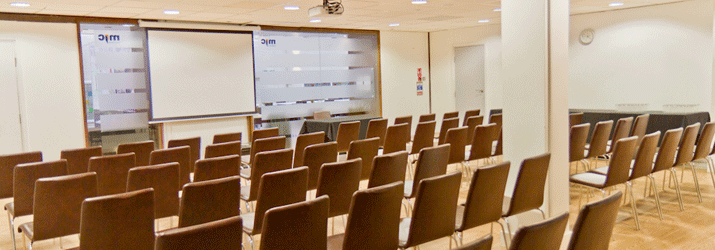

London’s summer heat was just rising when the British Acoustic Neuroma Association (BANA) arrived in the capital to host its 23rd National Conference and AGM on 27 June 2015. Delegates were luckily not deterred, and for the day the Wesley Hotel, close to Euston station, became our conference home.
After an introductory welcome, one of BANA’s new Patrons, Mr David Moffat, Consultant Neuro-otologist and Skull Base Surgeon, delivered a keynote presentation to the 70 delegates, who were members of the charity and their guests. In an interesting delivery, Mr Moffat began by charting the history of acoustic neuroma discovery and the developments of surgical practice to the present day. Of much interest to those present, Mr Moffat went on to approach the leading questions posed at diagnosis and the management options. He presented a number of studies, and his audited findings, on schwannoma size and data relating to such symptoms as hearing loss, facial palsy and tinnitus; thus providing the patient with an evidence base for each of the current three options in management. This enables the patient to make an informed decision on their management.
The focus of BANA’s conference this year was research, instigated in part by the Board’s first medical member trustee, Dr Michael Maslin; formerly a Research Scientist at the University of Manchester, and now an International Clinical Trainer with the Interacoustics Academy. Dr Maslin’s presentation explored BANA’s charitable objectives and the Board’s motivation to invest more focus on the research field, chronicling his own involvement with the charity to becoming a serving Trustee. Swapping hats, he then demonstrated the potential for research to help those with acoustic neuromas from the perspective of his role with Interacoustics, the conference’s main sponsor this year.
The afternoon session was dedicated to some of the research work of University College London’s Ear Institute, represented by Dr Roland Schaette and Professor Andrew Forge. Dr Schaette presented an interesting and detailed lesson to the delegates on his specialist field of tinnitus. He explained the correlation between tinnitus, the brain and hearing loss, noting studies in which hearing loss is temporarily induced to understand the associations. It was explained that tinnitus might arise as a side-effect of the brain trying to compensate for hearing loss. When the auditory brain increases the gain of its neural circuits due to lack of input from the ear, there can be over-amplification of spontaneous neuronal activity/neuronal noise which is then heard as tinnitus. Whilst Dr Schaette advised that a cure for tinnitus is not currently available, the concepts of current research directions were inspiring to those present.
Professor Forge concluded the day’s events with a stimulating visual presentation on his research in the therapeutic potential of the regeneration of hair cells in the inner ear. Taking the lay audience through the inner workings of the ear at microscopic level, viewed at intervals in 3D with the help of distributed glasses, he illuminated delegates’ understanding of deafness and vertigo, two principal symptoms of the acoustic neuroma condition, by explaining the structures and purpose of the hair bundles, hair cells and supporting cells in generating sound, and how damage may occur. While it was acknowledged that regeneration of hair cells will not cure deafness for acoustic neuroma patients, Professor Forge was keen to support BANA and present to the delegates, as a thank you to acoustic neuroma patients, whose anonymous tissue following translabyrinthine surgery has been utilised within his research work.
BANA’s AGM concluded the day’s events for member delegates, with two more trustees formerly adopted onto the Board of Trustees; Business Consultant Phil Whiley, and Mr Simon Lloyd, Consultant Skull Base Surgeon and Auditory Implant Surgeon. An overview of BANA’s first full year under its new management structure showed a positive turnaround for the charity, and the day was considered an informative and successful one by those in attendance.
ACNR 2015;15(4):23. Online 19/09/2015
